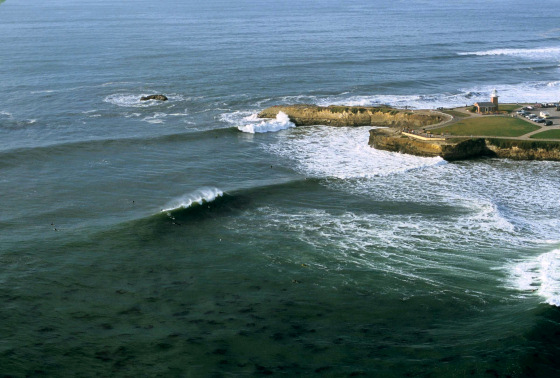Santa Cruz will be the fourth World Surfing Reserve, after Manly Beach, Ericeira and Malibu. The official dedication of the iconic Californian surf region will be held on April 27th and 28th.
The Santa Cruz World Surfing Reserve is located on the northern side of Monterey Bay along California's Central Coast within the protected coastal waters of the Monterey Bay National Marine Sanctuary.
The Reserve stretches approximately 7 miles from Natural Bridges State Park in the City of Santa Cruz on the west end eastward along the city and county coast to the Opal Cliffs, just east of Pleasure Point.
At least 23 consistent surf breaks are sited along this coast, including the world-class breaks of Steamer Lane and Pleasure Point.
Most are reef breaks or beach breaks with a few outstanding point breaks, and almost all naturally break right within this zone.
Winter is always the best time for surfing consistent waves.
The breaks are rated from "expert" to "beginner" and are used by surfers throughout the year so surfers of all ages and levels can find a suitable wave in the area.
Surfing contests, from pros to clubs to schools, are frequent and popular.
Beach and surf access is generally good along this coast, and most of the beach areas in the SCWSR are overseen either by California State Parks, the City of Santa Cruz, or Santa Cruz County.
Santa Cruz proudly claims itself the location of the very first board surfing ever in North America, at the "Rivermouth" break in 1885, as documented in The Santa Cruz Surf.
When three Hawaiian princes had surfboards milled out of local redwood and demonstrated board wave riding for the first time, Santa Cruz was immediately established forever as the birthplace of surfing on the continent.
A strong surf culture continues today as a key part of the area's image, with many local residents embracing surfing as a central part of their lifestyle.
Watch surfers enjoying a good surfing day at Steamer Lane.
